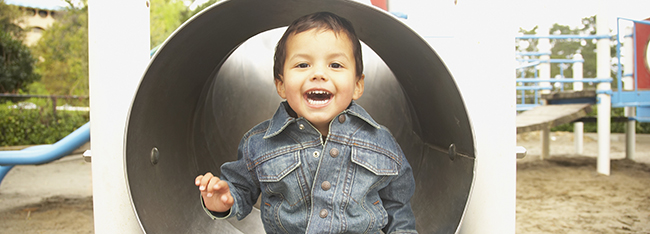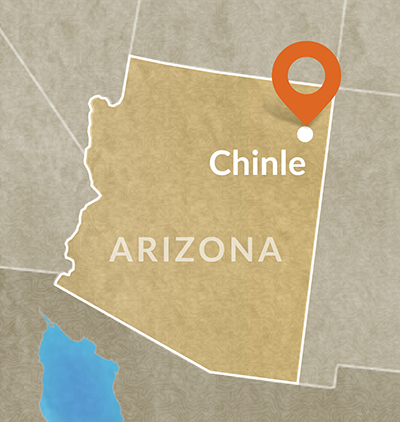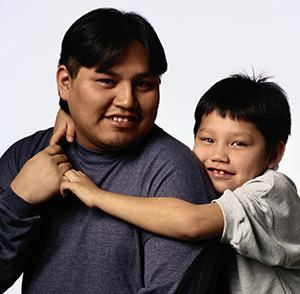Spotlight on Native Nations

Native Nations are vibrant, thriving, self-sustaining communities with independent and sovereign political, social, economic, and educational systems. At the core of Native communities is a strong sense of family; natural kinship systems are imbedded in the beliefs, traditions, and customs involving extended family with clearly delineated roles and responsibilities which make the protection of children the priority of everyone in the community.
Due to forced removal from traditional homelands, genocide, and colonization, Native Nations are tasked with a multitude of challenges ranging from the protection and preservation of Sovereignty and Treaty Rights to the revitalization of Native languages and cultural life ways. Native people find themselves harnessing limited resources to find strategic solutions to decrease disparity and disproportionality in education, comprehensive health, justice, economics, and housing.
Contributing and working alongside Native Nations, AIR has a deep commitment to engaging communities, fostering shared vision and values, building capacity, and developing strategic alliances to achieve sustainable systems change in Indian Country.
Traumatic Brain Injury Resource Bundle for American Indians
Indigenous people throughout North America are at greater risk for traumatic brain injury (TBI) and poor TBI-related outcomes based on disparities in health, connections to poverty, violence, and systemic racism
Walking in Both Worlds: Native American Students and Language Acquisition
This mini-documentary from REL Southwest explores the context of language acquisition and development among Native American students in New Mexico. Interviews with researchers and educators highlight the importance of schools’ supporting Native American students in two crucial areas: (1) native language acquisition, development, and preservation and (2) English language acquisition and development. Researchers note that heritage language acquisition and development can help Native American students advance their English language skills. Read the related blog post.
 Building Leadership Skills to Strengthen Schools in Chinle, Arizona
Building Leadership Skills to Strengthen Schools in Chinle, Arizona
The Chinle Unified School District faced both leadership challenges and teacher retention problems prior to the 2016-2017 school year. In fall 2017, AIR began providing competency-based turnaround leadership coaching, focusing on the patterns of thinking, feeling, acting, or speaking that cause a principal to be successful.
Study of the Native American and Alaska Native Children in School Program: FY 2011 and FY 2013 Cohorts
The Native American and Alaska Native Children in School discretionary grants program aims to reduce the persistent achievement gap between Native American and Alaska Native youth and their peers in reading and English language arts and college readiness in reading. This qualitative study examined the types of activities grantees funded, and the perceived benefits, challenges, and lessons learned that they experienced in implementing these activities.
Tribal Defending Childhood Initiative
The Tribal Defending Childhood Initiative supports four federally recognized tribes—the White Earth Nation (Minnesota); the Winnebago Tribe (Nebraska); the Northern Arapahoe Tribe (Wyoming); and the Southern Ute Tribe (Colorado)—as they develop or continue developing trauma-informed practices and procedures across juvenile justice and related child-serving systems.
Supporting Trauma-Informed Juvenile Justice Systems for Tribes
Promoting the health and well-being of tribal youth, families, and communities is the vision of this project, funded by the Office of Juvenile Justice and Delinquency Prevention. The project provides technical assistance to foster the development and implementation of innovative, culturally appropriate, and sustainable trauma-informed response models across all child-serving systems.
Collaboration for Effective Educator Development, Accountability and Reform (CEEDAR) Center
Our work with CEEDAR facilitates collaborative relationships among state education agencies, institutions of higher education (and other training programs), and local education agencies, including Tribal education agencies to provide teachers and leaders with effective opportunities to learn how to improve and support core and specialized instruction for students with disabilities.
 Evaluation of the Culturally Responsive, Embedded, Social and Emotional Learning (CRESEL)
Evaluation of the Culturally Responsive, Embedded, Social and Emotional Learning (CRESEL)
The CRESEL program is an Investing in Innovation Fund (i3)-funded project in rural Alaska. As part of the evaluation, we are working with Alaska Native communities to validate measures so that they can rigorously measure teacher, school, and student outcomes and document the CRESEL program implementation process, including implementation quality and factors that may be associated with success.
National Resource Center for Mental Health Promotion and Youth Violence Prevention
The Center provides states and local communities with resources to foster safe and healthy school and community environments and support well-being for children and youth. Our work with Center partners Zero to Three and the National Indian Child Welfare Association includes cultural and linguistic competency training and technical assistance, developing culturally appropriate tools for states and organizations, and identification of resources and evidence-based strategies for working with tribes and tribal school districts.
Regional Educational Laboratory Southwest (REL Southwest)
The REL Southwest focuses on high-priority education needs in its five-state region. Several of its projects focus on improving education outcomes for Native youth. In New Mexico, AIR developed a noncognitive factors survey for which Native students were an important subgroup. AIR sought input from tribal members of the New Mexico Achievement Gaps Research Alliance about writing culturally relevant items and conducted cognitive interviews with Native students to test the survey items. The Oklahoma Rural Alliance, a member of REL Southwest, includes an American Indian Education working group focusing on the needs of this population.
Study of the Title III Native American and Alaska Native Children in School (NAM) Program
The NAM Program seeks to improve Native Alaskan/Alaska Native students’ academic outcomes through English and indigenous language instruction. This study is examining how grantees have used the NAM Program to support student achievement, including how they implement programs, how they measure progress, and the challenges and lessons learned in providing services.
Rural Dropout Prevention Project
The Rural Dropout Prevention Project focuses on developing and implementing strategies to improve services and instruction for migrant, Native, minority, and at-risk students and youth, especially those served by High School Graduation Initiative grants. AIR provided technical assistance on dropout prevention strategies to state education agencies in the 15 states in which the majority of schools are located in rural communities.